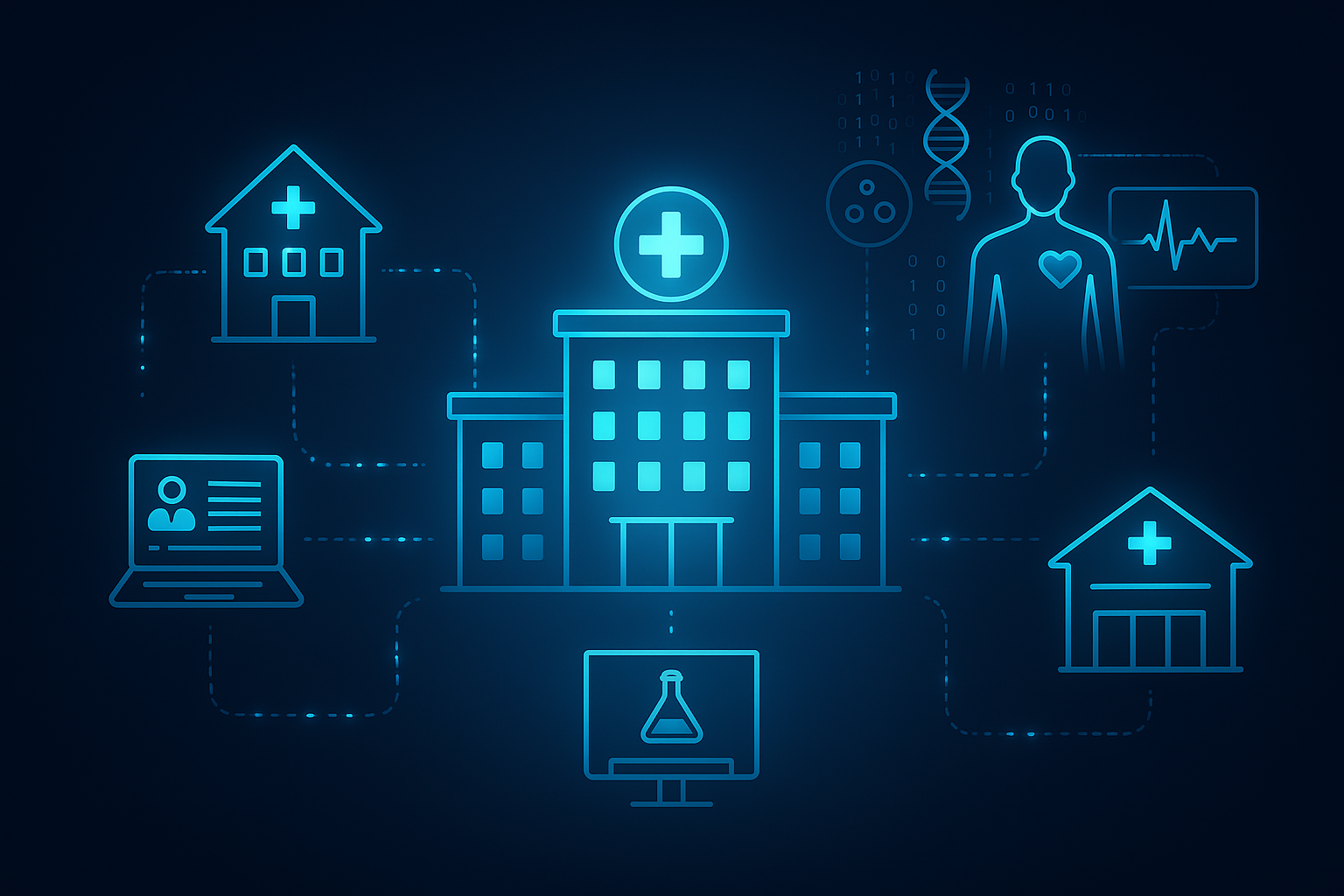In today’s digital-first healthcare environment, patient data is generated at every touchpoint—from lab results and pharmacy prescriptions to specialist consultations and wearable devices. But what good is all this information if it remains isolated across systems?
This is where interoperability comes in. It’s more than a tech buzzword—it’s the key to a truly connected healthcare experience. In this blog, we’ll break down what interoperability means, why it matters, and how it’s shaping the future of modern clinics and hospitals.
🔍 What Is Interoperability in Healthcare?
Interoperability is the ability of different healthcare systems, software applications, and devices to exchange, interpret, and use data seamlessly and securely—regardless of the platform or provider.
In simpler terms:
“It means your lab, pharmacy, hospital, and primary care clinic can all talk to each other in real time—without delays, errors, or missing information.”
There are four key levels of interoperability:
⦁ Foundational – The basic ability to send and receive data between systems.
⦁ Structural – Ensures consistent data formatting (e.g., HL7, FHIR standards).
⦁ Semantic – Data is understandable across systems (e.g., diagnosis codes, terminology).
⦁ Organizational – Includes governance, policies, and legal frameworks to support collaboration.
💡 Why Interoperability Matters
1. Better Patient Outcomes
When healthcare providers have access to a patient’s full medical history, they can:
⦁ Make more accurate diagnoses.
⦁ Avoid duplicate tests or conflicting treatments.
⦁ Coordinate care across specialties and facilities.
✅ Example: A diabetic patient’s glucose levels from their wearable device sync with their doctor’s EHR, triggering an alert for medication adjustment.
2. Faster, Smarter Decision Making
Instant access to up-to-date patient data speeds up treatment and reduces errors. Clinicians
3. Reduced Costs and Waste
Interoperability prevents repeated diagnostics and streamlines administrative processes.
✅ Example: If a patient’s allergy record is already available from a previous clinic visit, the pharmacy avoids dispensing a dangerous medication—saving both lives and costs.
4. Improved Patient Experience
Patients no longer need to carry files, repeat their history, or switch platforms between providers.
✅ Example: A patient books a virtual consult and shares records from their general physician directly with the specialist—no delays or email chains needed.
5. Enables Public Health & Research
Interoperable systems allow anonymized data sharing for:
⦁ Disease surveillance.
⦁ Vaccine tracking.
⦁ Clinical trials and research.
✅ Especially useful during health crises like pandemics.
🔒 Is Interoperability Secure?
Yes—when built right. Leading platforms like TIB.Health use:
⦁ End-to-end encryption.
⦁ Role-based access.
⦁ Audit trails and HIPAA-compliant security protocols.
Interoperability does not mean open access. It means controlled, permissioned access with full traceability and patient consent.
🌐 The Role of TIB.Health in Enabling Interoperability
At TIB.Health, we’re committed to helping clinics, labs, pharmacies, and hospitals connect without friction. Our system:
⦁ Supports HL7 and FHIR standards.
⦁ Integrates easily with labs, imaging centers, and billing systems.
⦁ Offers real-time access to records for authorized providers.
✅ Final Thoughts
Healthcare interoperability is not just a tech upgrade—it’s a fundamental shift toward smarter, safer, and more connected care. Clinics that embrace interoperable solutions will see better patient outcomes, streamlined operations, and greater trust.
Let TIB.Health help you bridge the gap.
Connect systems. Empower providers. Serve patients better.
🌐 Learn more at www.tib.health

